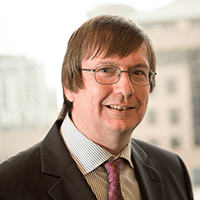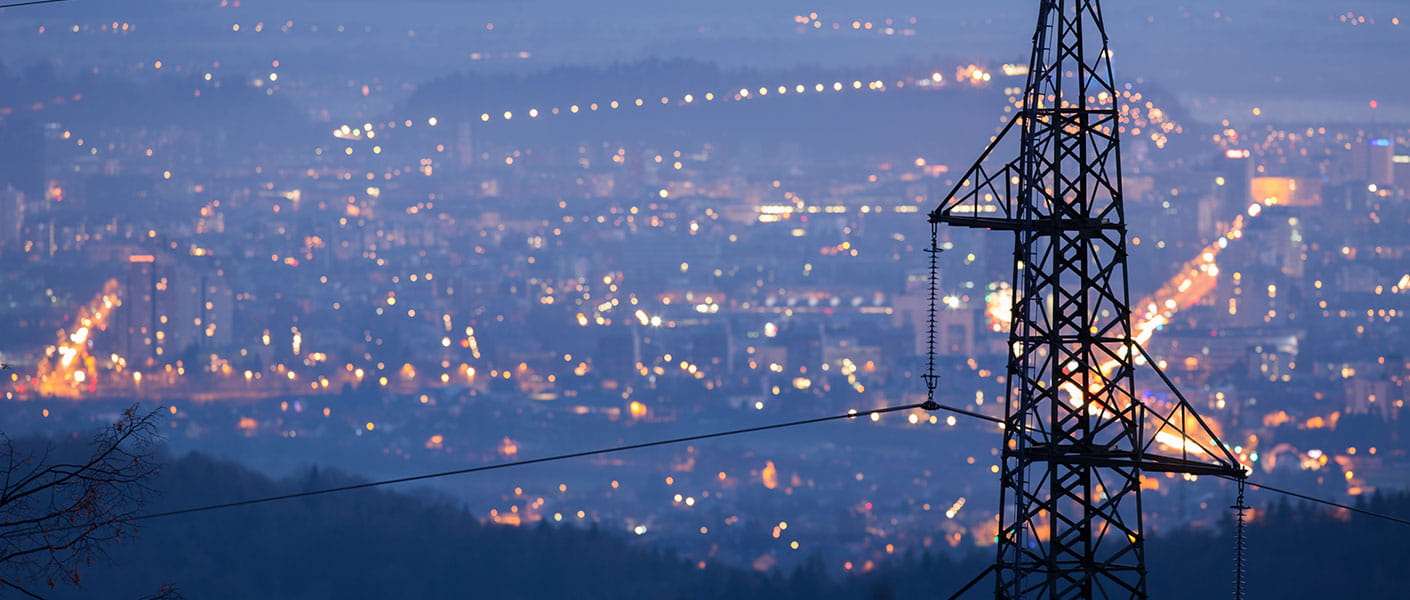
Bruce Miller
Power Specialist Services Service Line Lead


PRISM Podcast Series
Interviewer: Anthony Holt
Transcript:
Anthony:
I'm with Bruce Miller, Senior Principal Consultant with Advisian, who has almost 30 years experience in transmission power systems and power systems analysis.
Bruce, thanks for joining us
Bruce:
Thanks for having me.
Anthony:
Now power generation is diversifying, and each method has its unique characteristics and challenges. With these different inputs, how can we ensure the reliability of the grid?
Bruce:
Yeah that's a good question, and probably we don't have time to go through all the issues, but basically the grid is evolving very quickly in that the generation is changing, and we just need to make sure our planning is up to scratch to ensure that the new technologies -as they're connected to the grid - can deliver the energy in a safe and secure way.
Anthony:
So apart from a physical severing of transmission lines, what are some of the other issues that impact grid stability?
Bruce:
Well grid stability is divided up into several sub topics. So there's transient stability - which is usually what happens when as system becomes unstable after a fault, and that results in a transmission line trip and sometimes separation of the grid into lots of different islands, some of which will blackout.
Then there's another - what's called voltage stability - and that often occurs if you try to transmit too much power in a portion of the grid, and if you do that, you get a voltage collapse.
And then there's oscillatory stability - which is more of a control system issue. So this is where the control system gets into a little bit of a feedback loop and things start to oscillate out of control, which is also undesirable and can lead to a lot of problems.
Anthony:
If we wanted to move to 100% renewable energy, how long do you think a transition like that would take and could our current transmission systems cope?
Bruce:
Well currently people are saying 2050 as the target date. But the changes we're seeing at the moment indicate that it may happen even faster than that. Now the transmission system system should be able to cope but so long as it is planned correctly and maintained in all the regions, and that's been a bit of a struggle in recent years.
Anthony:
So with the transition do you see any particular catalyst that would speed up that process?
Bruce:
Yes, basically it is now cheaper to build say a large scale-solar photovoltaic power station than it is to build a new gas turbine power station, so the economic drivers are very strong now and that will drive the change going forward.
Anthony:
Well Bruce, it has been great chatting with thank you for your time.
Bruce:
Thank you.

Power Specialist Services Service Line Lead